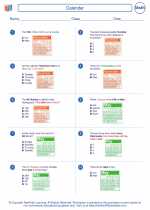Weather Stations Study Guide
Weather stations are facilities equipped with instruments for measuring and recording weather-related data such as temperature, humidity, wind speed and direction, air pressure, and precipitation. These stations play a crucial role in providing accurate and timely weather information for various purposes, including aviation, agriculture, and climate research.
Types of Weather Stations
There are different types of weather stations, each serving specific purposes:
- Automated Weather Stations (AWS): These stations are equipped with automated sensors and data loggers to continuously monitor and record weather parameters.
- Weather Buoys: These are floating stations deployed in oceans and lakes to gather weather and oceanographic data.
- Radar Stations: Radar stations use specialized equipment to track precipitation, storm movement, and other weather phenomena.
- Climate Reference Network (CRN) Stations: These stations are part of a network established by the National Oceanic and Atmospheric Administration (NOAA) to provide high-quality climate data.
Components of a Weather Station
A typical weather station consists of the following components:
- Thermometer: Measures air temperature.
- Hygrometer: Measures relative humidity.
- Anemometer: Measures wind speed and direction.
- Barometer: Measures air pressure.
- Rain Gauge: Measures precipitation.
- Weather Vane: Indicates wind direction.
Functions of Weather Stations
Weather stations serve several important functions, including:
- Providing real-time weather data for weather forecasting and analysis.
- Monitoring and alerting for severe weather events such as hurricanes, tornadoes, and thunderstorms.
- Supporting agricultural activities by providing information on temperature, precipitation, and soil moisture.
- Assisting in air and sea navigation by providing accurate wind and weather information.
Weather Station Activities
Weather stations engage in various activities to gather and disseminate weather data:
- Data Collection: Regular monitoring and recording of weather parameters using specialized instruments.
- Data Transmission: Sending weather data to meteorological agencies and other relevant organizations for analysis and dissemination.
- Quality Control: Ensuring the accuracy and reliability of the collected data through calibration and maintenance of instruments.
- Public Outreach: Providing weather information to the public through websites, media, and other communication channels.
Understanding weather stations and their functions is essential for gaining insights into weather patterns and making informed decisions based on weather forecasts and data.
[Weather Stations] Related Worksheets and Study Guides:
.◂Math Worksheets and Study Guides Fourth Grade. Calendar
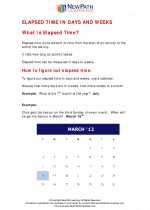
 Activity Lesson
Activity Lesson
 Activity Lesson
Activity Lesson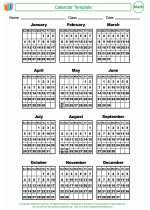
 Activity Lesson
Activity Lesson
 Activity Lesson
Activity Lesson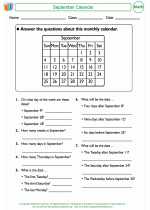
 Activity Lesson
Activity Lesson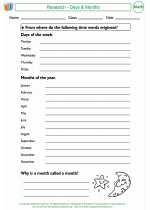
 Activity Lesson
Activity Lesson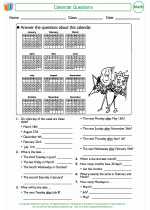
 Worksheet/Answer key
Worksheet/Answer key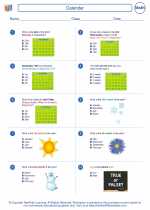
 Worksheet/Answer key
Worksheet/Answer key
 Worksheet/Answer key
Worksheet/Answer key